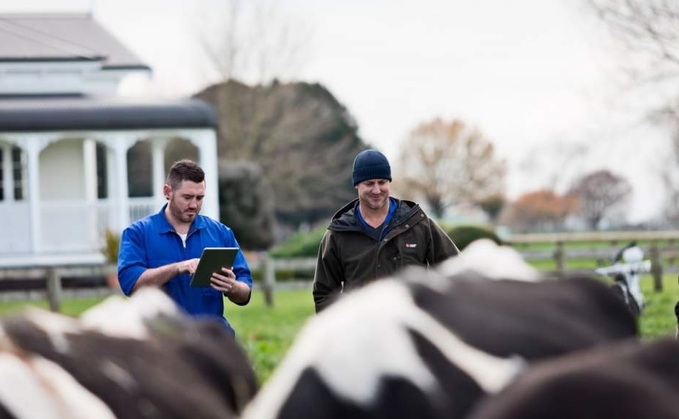
The ability to control cattle from your farm office, or even off-farm, could soon become a commercial reality. And one company offering such technology to control cattle was profiled by Farmers Guardian...

The ability to control cattle from your farm office, or even off-farm, could soon become a commercial reality. And one company offering such technology to control cattle was profiled by Farmers Guardian...